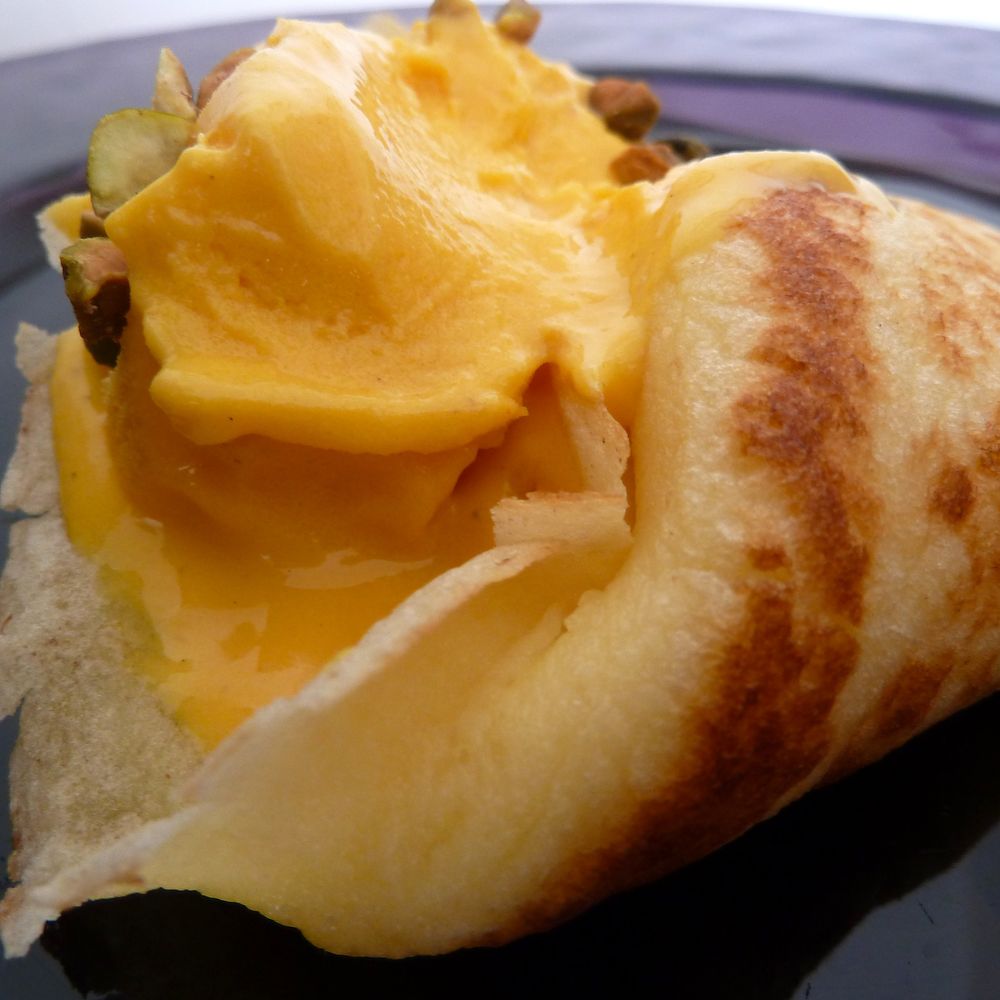Cauliflower fried rice recipe
This Cauliflower Fried Rice is SO healthy and full of veggies. It comes together in about 20 minutes..
0
0
9

This recipe is for a dessert which uses the Indian staples of yogurt and mangoes. You'll find yogurt at Indian meals in the forms of raita, the yogurt and cucumber condiment, and in drinkable form as lassi. The basic formula for lassi is simple: equal parts yogurt and icy cold water. The crucial first step is to get the best tangy, full-flavored yogurt you can buy or make. Next, think about flavor. Lassi is enjoyed in both sweet and salty forms, and both can be spiced with ginger, cardamom, saffron, rosewater, mint, and other flavors. Besides the plain, lightly sweetened variety, my other favorite is the mango lassi, popularized by expatriate Indians worldwide. Vibrant hued and fruity, the mango lassi doubles as beverage and dessert. Mango lassi can be made with fresh, frozen, or canned mango. There is less room for negotiation on the variety of mango. Ask any Indian, and there is only one answer: the Alphonso, King of Fruits. All mangoes have a brief season and as a result are in short supply. The Indian Alphonso is no exception, and until recent times rarer still because of the US trade embargo that was not lifted until 2007. Many Indian cooks here use canned Alphonso pulp for their mango lassis and desserts, preferring its sweet and silky mangoeness over the fresh but inferior varieties more commonly available in US markets. Who am I to argue with millions of Indian mango lassi makers? I use Alphonso pulp to make my mango lassi smooth, sweet, and flavorful. To play on the dessert-worthy fruitiness of mango lassi, I've adapted it into a frozen yogurt with a subtle spicy undertone of ground cardamom and given it a crunchy topping of chopped pistachios. I serve this "frozen lassi" in a rice flour dessert crepe in a nod to the Indian crepe called a dosa. Traditionally, the South Indian dosa is a crepe made with a batter of fermented rice flour and urad dal, filled with savory and spicy fillings. In my dessert version, I've used a basic French crepe recipe but substituted sweet rice flour (mochiko) for the usual rice flour.
Oct. 1, 2021, 11:50 a.m.
0
4
0
Для доступу до цієї функції необхідно увійти в свій обліковий запис. Будь ласка, авторизуйтесь або зареєструйтесь, якщо у вас ще немає акаунту.
Введіть свою електронну адресу в поле. Після цього ви отримаєте лист на вашу електронну пошту з подальшими інструкціями щодо відновлення паролю.
Створіть новий пароль.
Comments